The Ongkor Festival is one of the most important festivals in the Tibetan Calendar. Usually held at the end of summer, it celebrates the upcoming harvest, and literally means “make circle round the field”, or “surrounding the farmland”. Also known as the “Bumper Harvest Festival”, it is held in farming communities across the region to pray for a good harvest. Ongkor is also a good time for the farmers to rest before the harvest, since their days will be long and busy over the harvest time. As different crops ripen at different times, the festival is normally held from May to June, according to the ripening time for that area’s type of crop.
Very few places in Tibet have irrigation systems, so they wait for the rains in mid-June for the crops to grow faster. The Ongkor festival holds a small ritual kora around the farm for a better harvest. Crop ripening takes around 6 weeks after the rains have come, and the harvest starts from early August and runs into September. Harvesting is done manually, with groups of farmers working each others fields to make sure all the crops are gathered quickly. Harvest is done by hand, with short sickles to cut the stems. Any wheat and barley destined for long-term storage is bundled into sheaves and stored until needed.
History and Origin of Tibetan Ongkor Festival
The origins of the Ongkor Festival come from the valleys in the middle and lower reaches of the Yarlung Zangbo River. Originally, it was a festival that offered sacrifices to the gods to pray for a good harvest, and the traditions have grown and continued across Tibet.
The festival has over 1,500 years of history, and the customs and traditions have remained the same throughout the centuries. Originating in the Bon period of Tibetan religion, the Tibetan people looked to the Bon priests for guidance to ensure a plentiful harvest. Following the advice of the priests, the farmers were told to walk around the fields, in much the same way as people walk a kora, asking the heavens for a good harvest and the end of the rains. The festival was later tinged with several aspects of Buddhism, including walking around the fields clockwise.
In modern times, the traditional celebrations have been enriched to add other interesting activities to the day, to make the festival more fun and a good day to enjoy the rest.
Tibetan Ongkor Festival Customs
Traditionally, the festival takes place with the farmers and local lamas gathering for the ritual walk around the field early in the morning. When the first rays of sunlight flood the fields, Buddhist lamas sound their horns, and the group hold up ears of wheat or barley, and walk around the fields, giving thanks to the gods for the ideal weather for a good harvest.
The first row of walkers are the team of lamas, and the older farmers, who are carrying a Buddha and reading passages from the Buddhist scriptures. Horns are sounded continuously as they walk, and following the lead of one of the senior lamas, they shout “Yangguxiu! Yangguxiu!”, which means “Come back, soul of the earth”.
After the walking is finished, the more modern aspects of the festival come into play, and people start to have fun. Most Ongkor festivals now feature things like horse racing, dancing, singing, wrestling, stone lifting, and traditional Tibetan operas. The players in these games are fiercely competitive, and go all out to beat their opponents.
In some parts of Tibet, the teams of people are made up of 100 members chosen from each local family. The members are normally women, and they are dressed in their best and most colorful robes, wearing their most precious jewelry of gold and silver. Each member carries a dou – a measuring instrument for grain – and a book of scriptures that shows pictures of a bumper harvest. Holding colorful arrows, they follow the lamas and revered leaders around the fields, with the traditional shout of “Yangguxiu! Yangguxiu!” As they walk around the field, the old villagers burn mulberry branches along the route they walk, which they must pass to ensure the good harvest.
In almost every festival across the region, food is one of the things that is always found. Families prepare plenty of food for the day-long festival, and some will picnic with their families around the fields, while others gather friends and relatives together for a huge feast of traditional Tibetan food and copious amounts of butter tea and barley wine.
Significance of Ongkor Festival to Tibetan Farmers
Tibetan people have a very unique culture, which is hugely interwoven with their Buddhist religion. The Ongkor Festival is one of the oldest festivals in Tibetan history, and has roots that pre-date Buddhism in Tibet. As a region whose main industry is farming, the need for a good harvest is on paramount importance. And with all Tibetans being devoutly religious, and the majority being Buddhist, ensuring that you pray to the gods for the good harvest not only helps to ensure bumper crops, but also earn some merits for the acts of devotion.
According to records, farming in Tibet began around the fifth century, when people of the Southern Mountain began to plow furrows and plant the seeds of the wild barley they harvested. The Tibetan people of the time worshipped the land, and the totem most revered at the time was the Twelve Danma Goddess. Seen differently in different areas of the region – sometimes as a Jokul god without flesh, and other times as the empress of the Eagle King, soaring the skies on a white ribbon – this goddess had a special place in ancient Tibetan culture, which carried through to the modern Buddhist traditions in around the 14th century.
Best Time to Experience Ongkor Festival in Tibet
With most festivals in the Tibetan calendar, the festival occurs on a set date every year, according to the ancient traditions for that event. The Ongkor Festival, however, is a little different to all the others. As it is a festival that celebrates the end of the rains and the start of the harvest, the festival never has any one set date, and can vary from year to year, as well as from area to area.
The festival relies solely on the local farmers, who get together to discuss the ripening of the crops, and estimate how long it will be before they are ready to harvest. On average, most crops ripen for harvesting between six to eight weeks after the start of the rains, although even this can vary.
A good reckoning for the time of the festival is that it normally occurs sometime in the seventh month of the Tibetan calendar, which is around the early part of August. Any time from then on, the crops would ripen and the local Tibetan farmers would decide on a day for the festival.
How to Get to Tibet
Traveling to Tibet can be done in one of two main ways, either by flight or by train. Foreign visitors are not really able to drive from China to Tibet, unless they have a Tibetan guide from a registered tour operator with them, as travel throughout the region is very restricted for foreign visitors.
Flights operate daily from major cities in China to Lhasa, and times and costs can vary. Flying can be the fastest way to get there, but is not always the best option. As most of Tibet is at an altitude of over 4,000 meters, travelers who do not acclimatize on the way to the plateau, are often more susceptible to altitude sickness, and will need more time to acclimatize before heading to the areas outside Lhasa.
Train travel is the best option for getting to Tibet, as it is cheaper than flying, and much more exciting. Trains run from seven major cities across china, and although the travel time ranges from 22 hours to over 50 hours, the journey is one that is filled with new experiences and wondrous sights. Traveling by train one gets to see not only the open countryside of China, but the spectacular views of the mountains, lakes, rivers, and prairies of the Qinghai-Tibet Plateau.
Once the train passes Golmud, in Qinghai Province, it rises sharply to the main plateau, and suddenly the vista changes from one of lowland China to highland prairie and open grasslands, dotted with lakes and surrounded by some of the world’s highest mountain ranges. Seeing these stunning, snow-covered peaks and crystal clear lakes from the huge windows of the trains is an experience like no other.
What to Pack for Tibetan Festival Tour
First and foremost, your passport and Tibet entry permit. Obviously, this is the most important document to bring, since you will not be able to get to Tibet without it, including not being allowed on the train or flight.
Due to the colder climate even in summer, warm clothes are essential for your trip. The higher the elevation, the colder it can get, and the temperature can drop dramatically at night. The best things to pack are: thick woolen sweaters, thick warm pants, warm boots with thick woolen socks (Hiking boots are a good choice), windproof jackets or windcheaters, warm fleece or down jacket, waterproof Jacket, warm hat or hooded jackets, T-shirts, thermal undergarments, gloves.
Thick gloves are a must, and the best types are with thermal liners or made from Gore-Tex. Thermal underwear – sometimes known as long-johns – is useful, as are t-shirts, since several thin layers work better than one or two really thick layers. It is still a good idea to have a thick sweater and jacket on top, as the wind chill factor can reduce the temperature even more.
Tibet has no western restaurants, and very few hotels offer western food. A good tip is to bring some dried or tinned food with you, in case you do not like the Tibetan dishes on offer. And bring vitamins or food supplements with you, as there may not be a ready supply of fresh fruit and vegetables. When hiking or visiting high, remote areas, bring high-energy foods like chocolate, biscuits, nuts and dried fruits to replenish energy quickly on the go. The reduced oxygen level will drain your energy faster than at sea level.
Remember to bring a supply of medicines for headaches, cold and flu, diarrhea, stomach ache and insect bites. Many of the normal over-the-counter medicines are available in Lhasa, and can be bought when you arrive if you forget anything. However, outside the urban areas medicines are hard to find, so make sure you have them with you before you leave your hotel.
Altitude sickness is caused by traveling from areas closer to sea level to altitudes of over 3,000 meters. Symptoms include: headache, nausea and vomiting, dizziness, tiredness, loss of appetite, upset stomach, feeling unsteady, shortness of breath, increased heart rate and difficulty sleeping. Altitude sickness can be treated with antiemetic medicines like Promethazine or Acetazolamide (Diamox). However, if the symptoms continue for more than 1-2 days it is recommended to go down to a lower altitude. For more information on altitude sickness and the treatments, you should visit your doctor or pharmacist before traveling.
Credit cards are not recommended for spending as most places in Tibet do not accept them. Cash is the best option, and there are ATMs in Lhasa and other urban areas only. Remote areas do not have them, so take enough cash to last for the duration of your trip to remote areas. And unless you plan on buying lots of gifts, $15-$20 per day is enough for your needs.
.jpg)



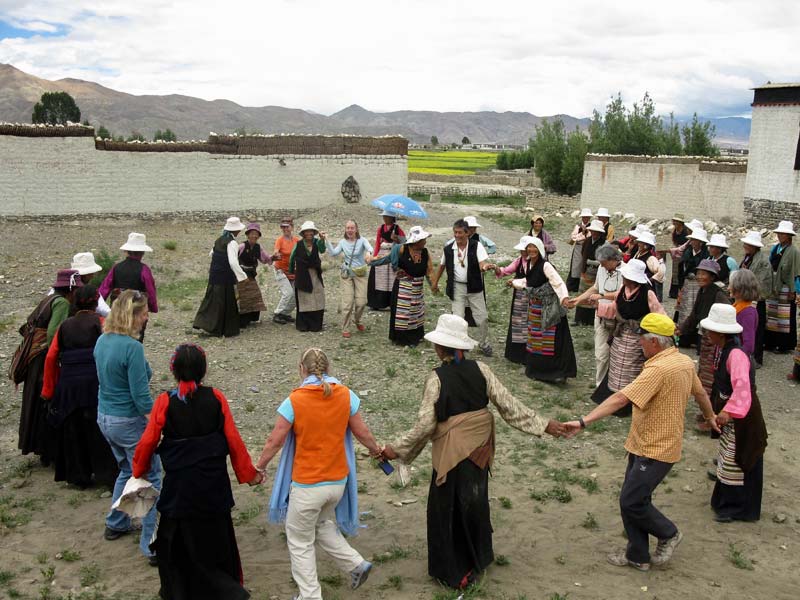
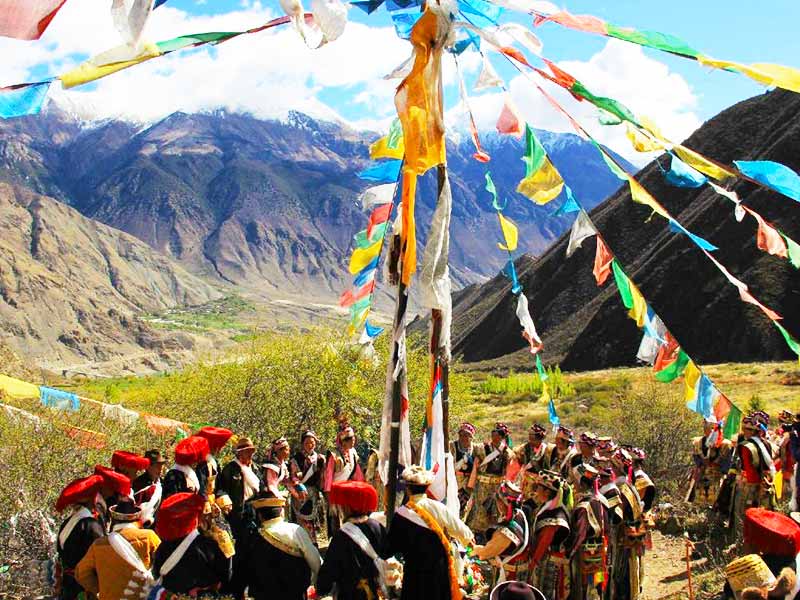
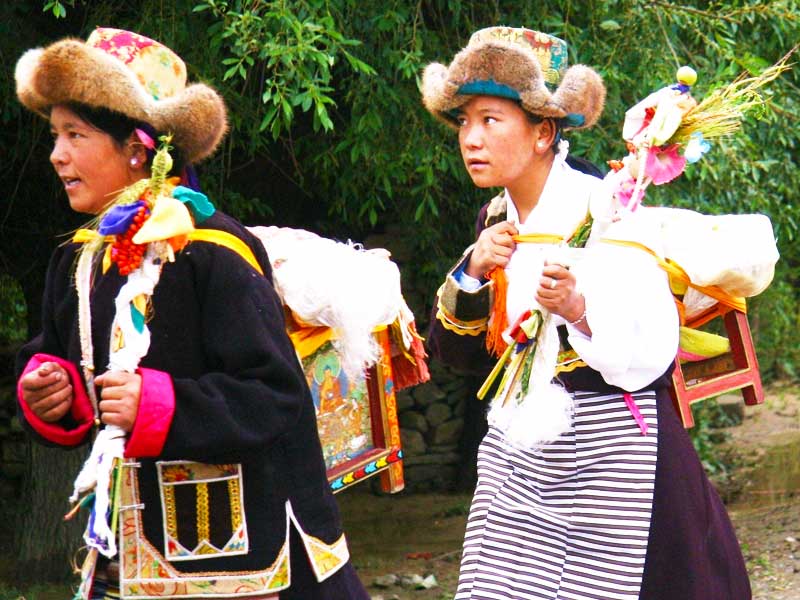
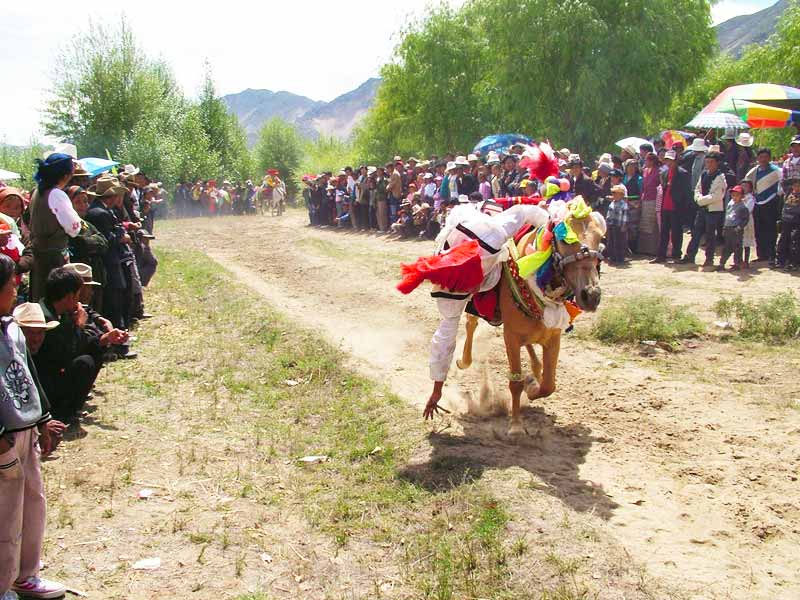

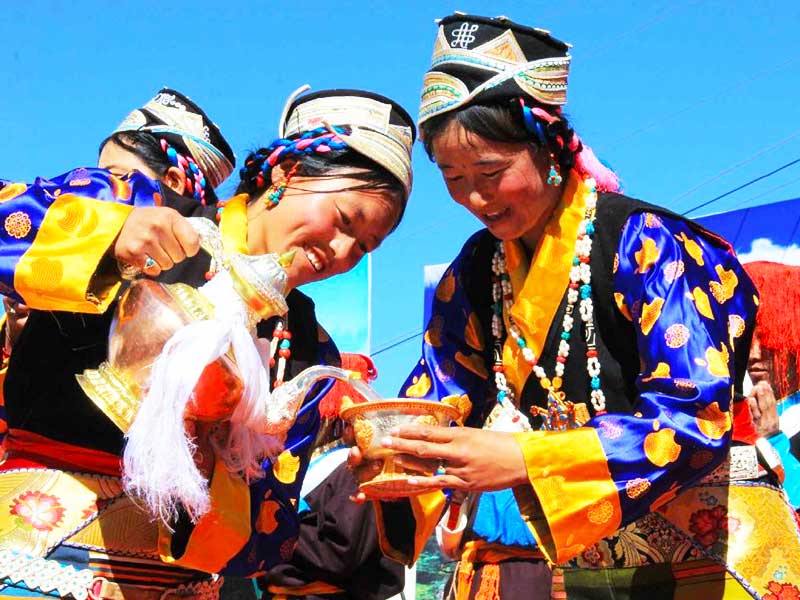

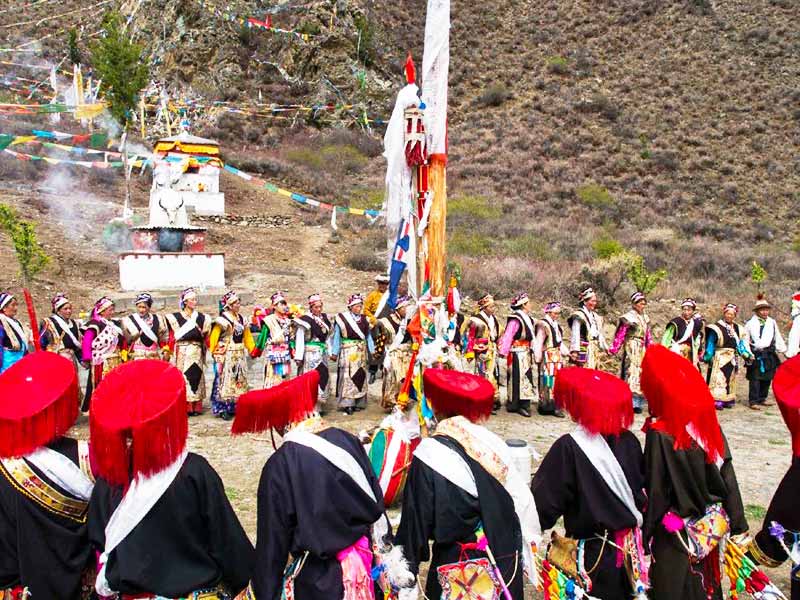

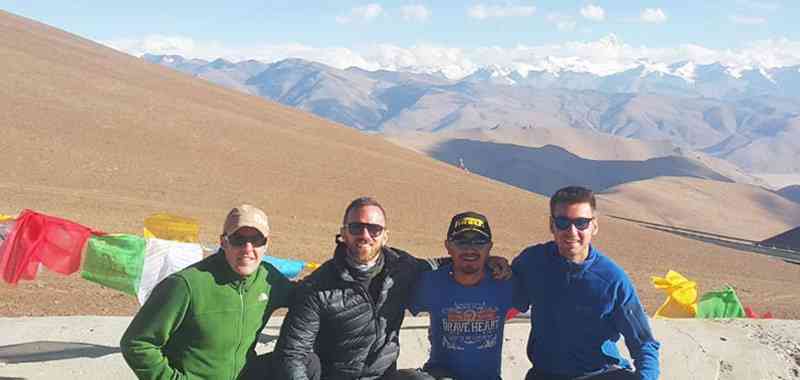

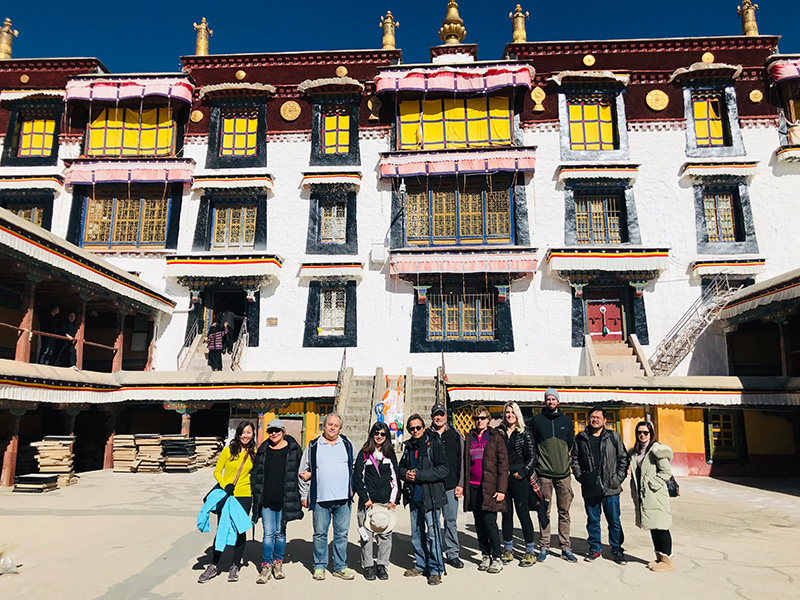






0 Comment ON "Traditional Ongkor Festival Celebration in Tibet"